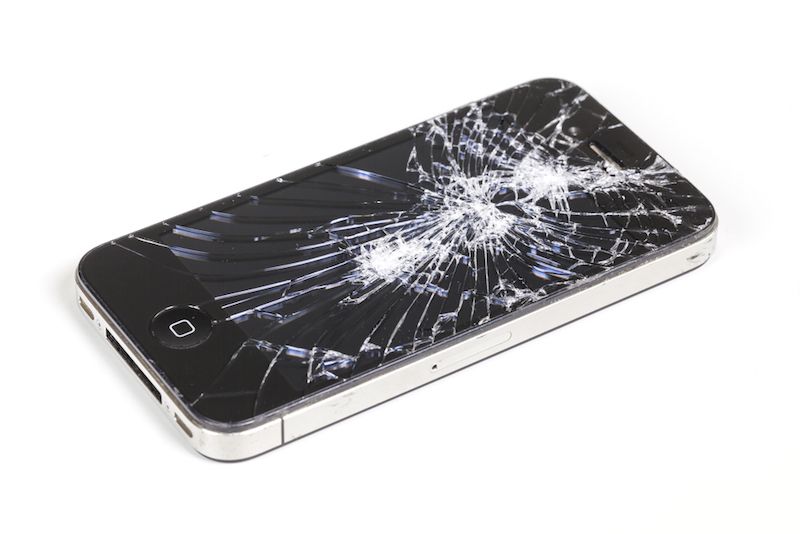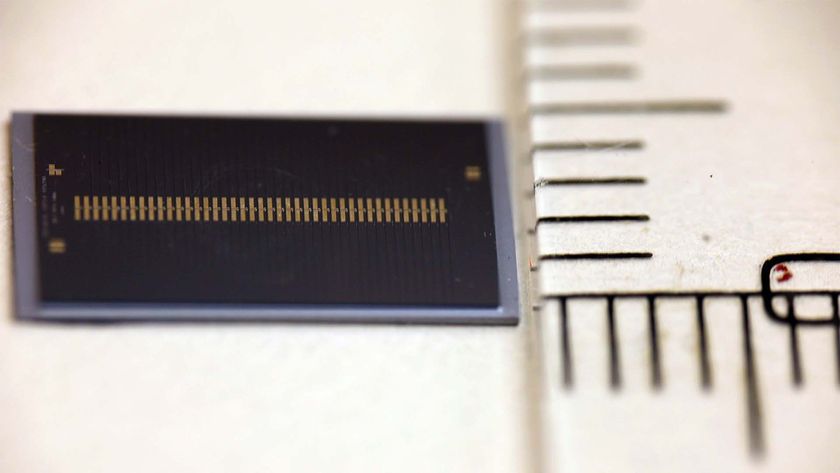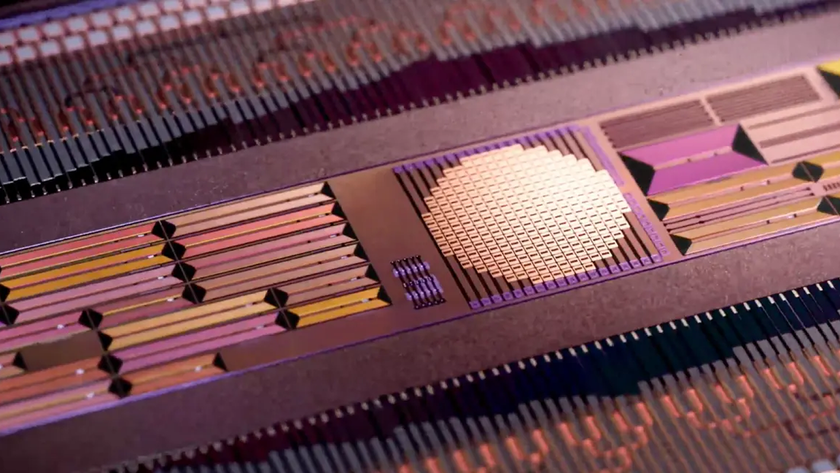Cracked Cellphone Screens Could Soon Be a Thing of the Past

Almost every smartphone owner knows the sickening feeling of watching your phone fall to the ground and seeing the screen splinter like a spiderweb into dozens of tiny pieces. The screens are one of the iPhone's major design flaws; they are made primarily out of silicone, a material that is not only expensive, but also easily broken.
But researchers think they may have developed a material that would end cracked screens for good.
Claudia Ojeda-Aristizabal from California State University, Long Beach, who participated in the research, said the material is made by layering hexagonal boron nitride (h-BN), graphene, and C60, which is also known as Buckminsterfullerene, or "bucky-ball," because of its resemblance to the geodesic dome structures of architect Buckminster Fuller.
Not only is the new material crack-resistant — it's energy-efficient and a fast conductor of electricity. And, because of the C60, which is commonly used in solar cells, the material could mean your screen might one day recharge your phone's battery.
Here's how the material is constructed. Graphene, a 2D form of carbon, is far stronger than steel, while remaining ultra-lightweight. It's also highly conductive. The hBN helps electrons move between the graphene and the C60, another super-conductive material.
When layered one on top of the other, the properties of these three transparent materials compliment each other. The conductive properties of C60 and graphene, helped along by the hBN, mean that the electricity in the screen will move ultra-quickly. That, combined with the durability of graphene and the solar charging abilities of C60, make it an ideal candidate for a phone screen.
The material has some similar properties to silicone, Elton Santos of Queen's University's School of Mathematics and Physics said in a press statement, "but it has improved chemical stability, lightness, and flexibility."
Sign up for the Live Science daily newsletter now
Get the world’s most fascinating discoveries delivered straight to your inbox.
RELATED: Graphene: Everything You Need to Know About the 'Miracle Material'
The research was a collaboration between scientists at Queen's University Belfast, Sanford University, the University of California, Berkeley, California State University, and the National Institute for Materials Science in Japan. The results of their work were published in the journal ACS Nano.
Ojeda-Aristizabal said the new material could lead to lots of applications besides smartphone screens. Perhaps we'll soon see solar-powered windshields or crack-proof windows for homes and offices.
That's not to say the miracle material doesn't have its drawbacks. For one, graphene lacks a "bandgap," meaning that its conductivity and electrical signal can't be turned on and off.
But once that problem is solved, bemoaning cracked cellphone screens may be a thing of the past.
Originally published on Seeker.












